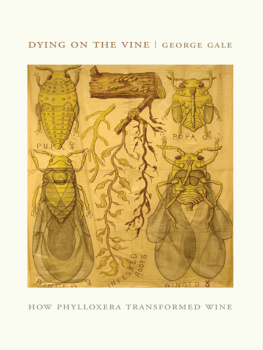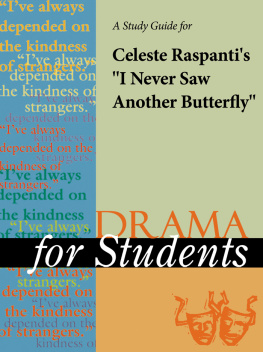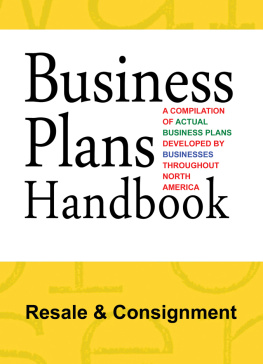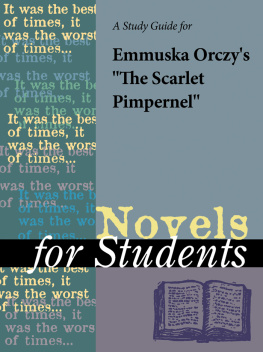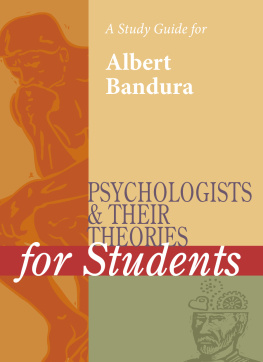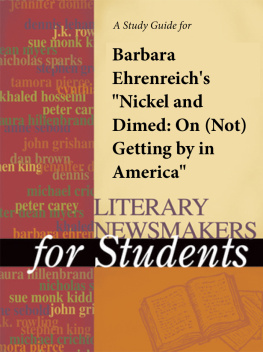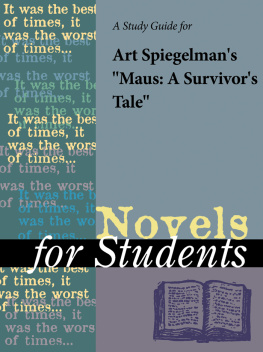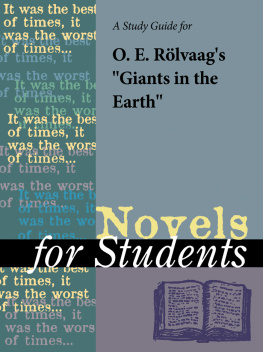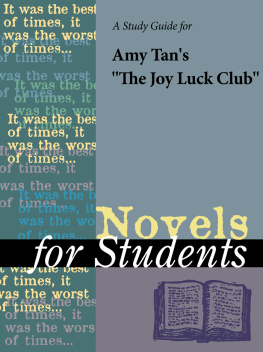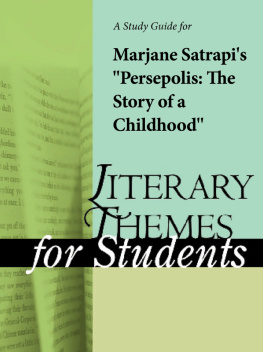TABLE OF CONTENTS
Guide
Literary Themes for Students: Race and Prejudice, Volume 2
Project Editor
Anne Marie Hacht
Editorial
Sara Constantakis, Ira Mark Milne
Rights Acquisition and Management
Lisa Kincade, Ronald Montgomery, and Jessica Sitt
Manufacturing
Rita Wimberley
Imaging
Leitha Eheridge-Sims, Lezlie Light, and Mike Logusz
Product Design
Pamela A. E. Galbreath
Vendor Administration
Civie Green
Product Manager
Meggin Condino
2006 Gale, a part of the Cengage Learning Inc.
Cengage and Burst Logo are trademarks and Gale is a registered trademark used herein under license.
For more information, contact
Gale, an imprint of Cengage Learning
27500 Drake Rd.
Farmington Hills, MI 48331-3535
Or you can visit our Internet site at http://www.gale.com
ALL RIGHTS RESERVED
No part of this work covered by the copyright hereon may be reproduced or used in any form or by any meansgraphic, electronic, or mechanical, including photocopying, recording, taping, Web distribution, or information storage retrieval systemswithout the written permission of the publisher.
For permission to use material from this product, submit your request via Web at http://www.gale-edit.com/permissions, or you may download our Permissions Request form and submit your request by fax or mail to:
Permissions Department
Gale, an imprint of Cengage Learning
27500 Drake Rd.
Farmington Hills, MI 48331-3535
Permissions Hotline:
248-699-8006 or 800-877-4253, ext. 8006
Fax: 248-699-8074 or 800-762-4058
Since this page cannot legibly accommodate all copyright notices, the acknowledgments constitute an extension of the copyright notice.
While every effort has been made to ensure the reliability of the information presented in this publication, Gale, an imprint of Cengage Learning does not guarantee the accuracy of the data contained herein. Gale, an imprint of Cengage Learning accepts no payment for listing; and inclusion in the publication of any organization, agency, institution, publication, service, or individual does not imply endorsement of the editors or publisher. Errors brought to the attention of the publisher and verified to the satisfaction of the publisher will be corrected in future editions.
LIBRARY OF CONGRESS CATALOGING-IN-PUBLICATION DATA
Literary themes for studentsrace and prejudice : examining diverse literature to understand and compare universal themes / Anne Marie Hacht, project editor.
p. cm.(Literary themes for students)
Includes bibliographical references and index.
ISBN-13: 978-1-4144-0275-9 (set)
ISBN-10: 1-4144-0275-9 (set)
ISBN-13: 978-1-4144-0284-0 (vol. 1)
ISBN-10: 1-4144-0284-8 (vol. 1)
[etc.]
1. Race in literature. 2. Prejudices in literature. I. Hacht, Anne Marie. II. Series.
PN56.R16L58 2006
809'.933355dc22
2006017454
ISBN-13:
978-1-4144-0275-9 (set)
978-1-4144-0274-1 (vol. 1)
978-1-4144-0284-0 (vol. 2)
ISBN-10:
1-4144-0275-9 (set)
1-4144-0274-0 (vol. 1)
1-4144-0284-8 (vol. 2)
This title is also available as an e-book.
ISBN-13: 978-1-4144-1887-2 (set)
ISBN-10: 1-4144-1887-6 (set)
Contact your Gale, an imprint of Cengage Learning sales representative for ordering information.
Printed in the United States of America
10 9 8 7 6 5 4 3 2 1
Nisei Daughter
Monica Sone
1953
Introduction
Monica Sone's Nisei Daughter is a memoir about growing up as a Japanese American in the United States prior to and during World War II. The author, born on American soil to Japanese immigrant parents, is a Nisei, or second-generation Japanese American. Herparents, as first-generation Japanese immigrants to America, are considered Issei. Being born in the United States meant that a Nisei was an American citizen, but strict immigration laws prevented any Issei from becoming citizens until long after World War II.
Nisei found themselves torn between their Japanese ancestry and their thoroughly American lifestyles. They often had to serve as cultural or linguistic interpreters for their Issei parents, many of whom had not fully mastered the English language or American customs. Nisei were often criticized by Japanese nationals for abandoning their roots, yet they were unable to fully assimilate into the American mainstream thanks to widespread fear and prejudice toward the Japanese during the first half of the twentieth century.
As World War II approached, both generations of Japanese Americans faced especially harsh persecution along the West Coast, where most had established roots. Sone recounts her experiences as a young Nisei in Seattle in the years leading up to and shortly after the Japanese attack on Pearl Harbor in 1941. She chronicles the virtual loss of her rights as an American citizen and her family's forced relocation to an internment camp in Idaho. Nevertheless, Nisei Daughter is hardly a bitter or accusatory book. Instead, it focuses on one family's strength in the face of adversity, and their willingness to sacrifice for the benefit of the country they love.
Although readers often focus on the book's depiction of Japanese relocation and internment during World War II, Sone was also one of the first authors to offer a detailed view of day-to-day life as a Japanese American in the 1920s and 1930s. It is through these mundane interactions that Sone illustrates the process of assimilation, wherein members of a minority group adopt the behaviors and attitudes of the majority population among which they live. In Nisei Daughter, the issue of assimilation becomes especially complex. While most Nisei make great efforts to assimilate, a significant segment of the American population seems to resist, and even thwart, these efforts.
While Nisei Daughter was not particularly successful when it was originally published in 1953, renewed interest in the matter of Japanese internment resulted in a 1979 reprint edition through the University of Washington Press. This edition has spawned the book's widespread popularity, and it is often assigned as required reading in many classes dealing with multicultural issues in America.
Biography
Monica Sone
Monica Sone was born Kazuko Monica Itoi in Seattle in 1919. Like many Nisei, her name was a bridge between her Japanese past and her American future: Kazuko is Japanese for "peace," while Monica is the name of St. Augustine's mother. She spent her childhood helping her parents run the Carrollton Hotel on Seattle's Skid Row. In 1942, she and her entire family were forced into a Japanese internment camp in Puyallup, Washington. The family was eventually relocated, along with hundreds of others, to Camp Minidoka in Idaho, where many Japanese Americans remained until 1946.
Sone was released from internment in 1943 to work in Chicago as a dental assistant. She eventually returned to college (which she had begun before internment) in Indiana, studying clinical psychology. She married another Nisei, Geary Sone, and the two eventually settled in Canton, Ohio. As of 2006,



